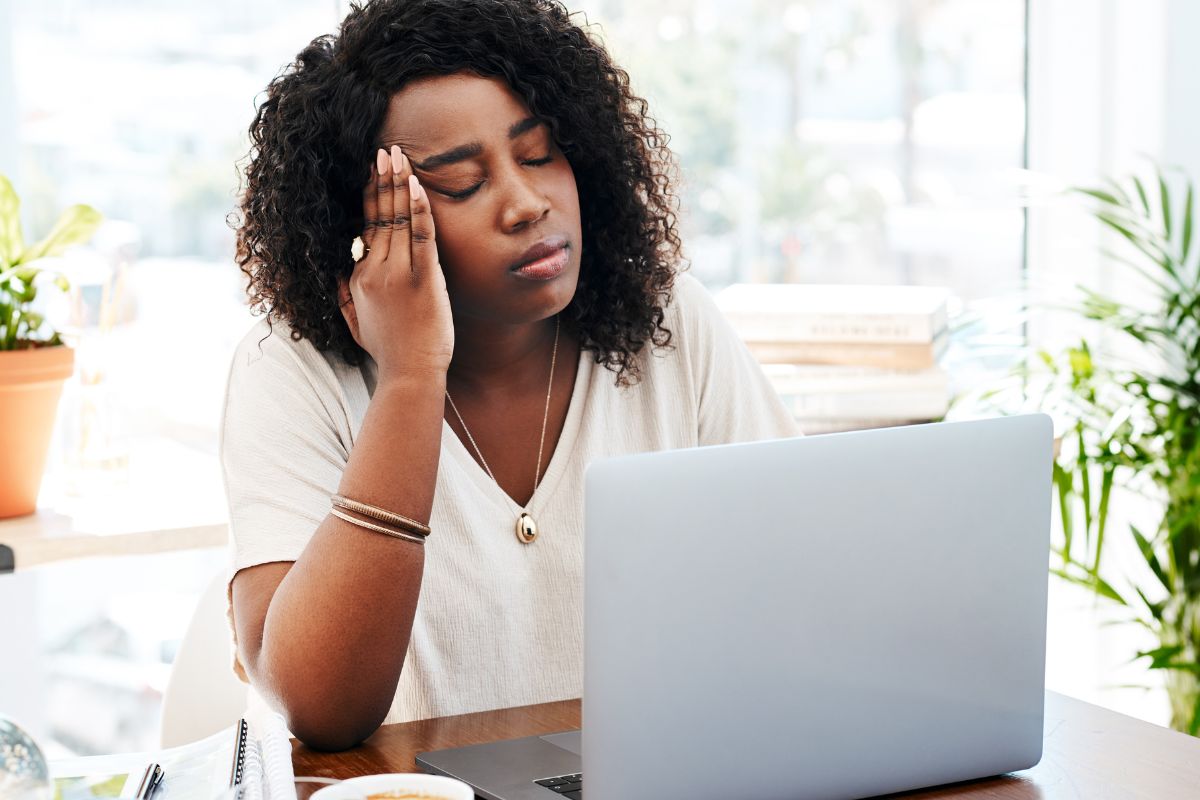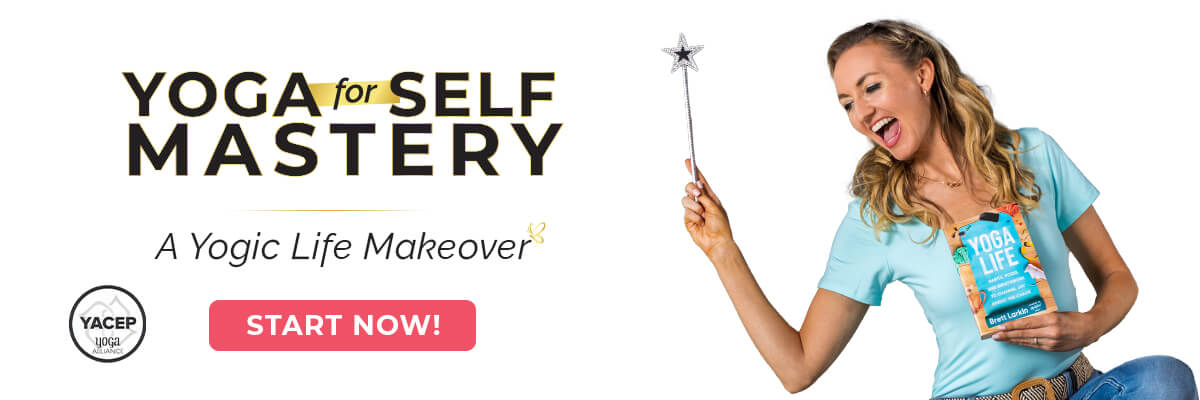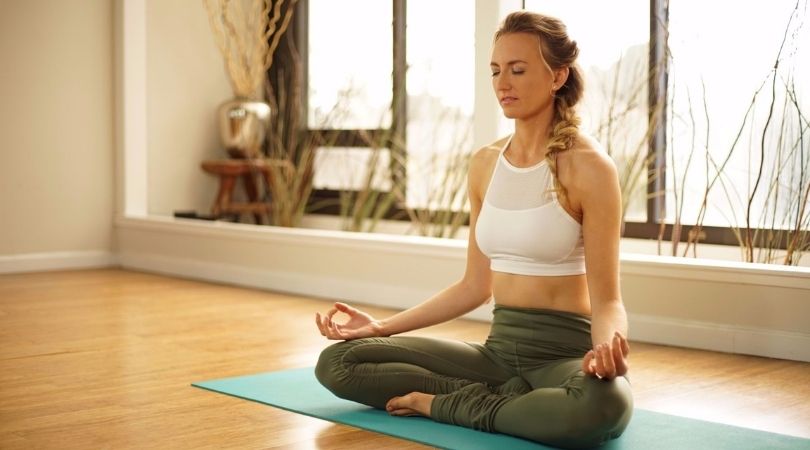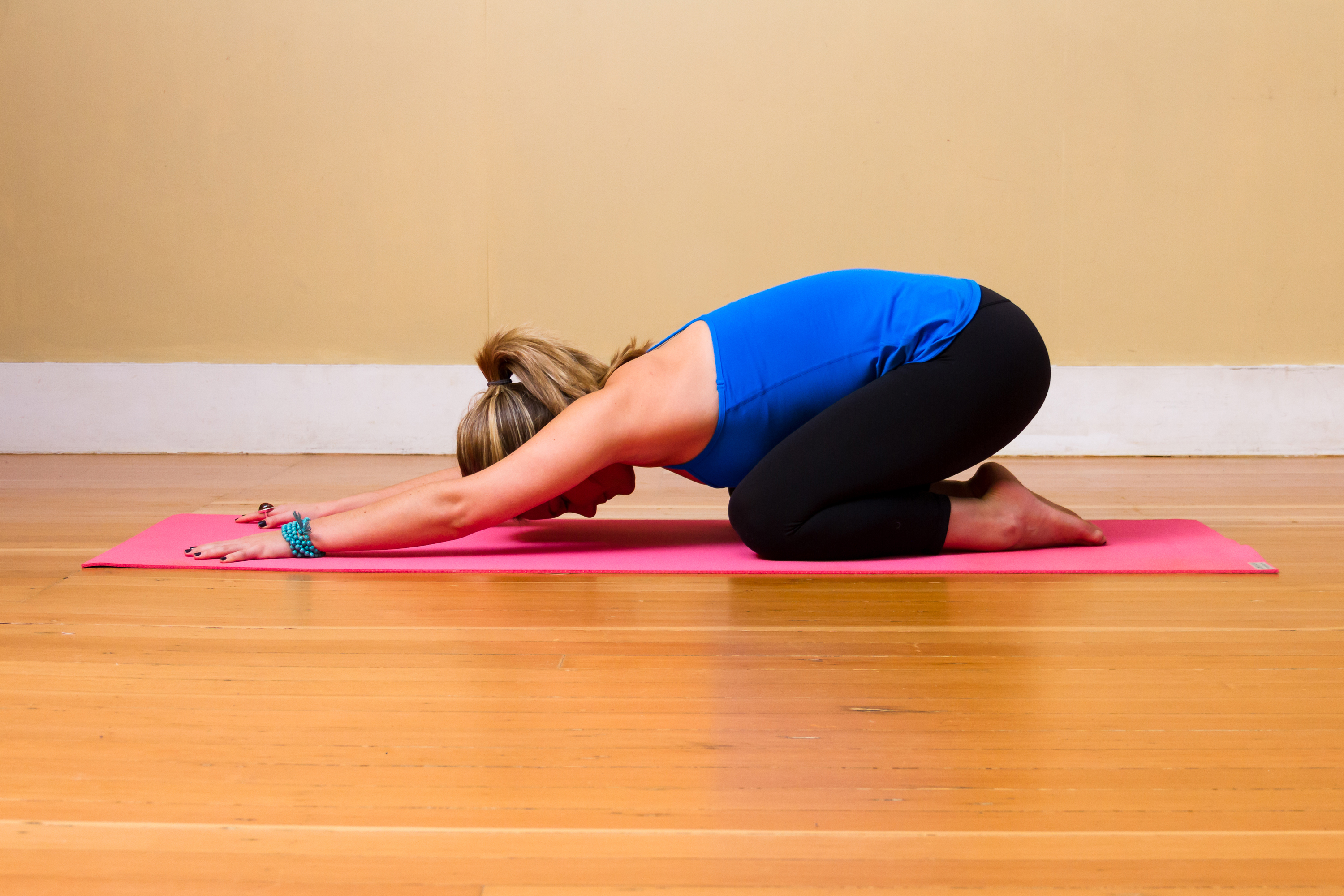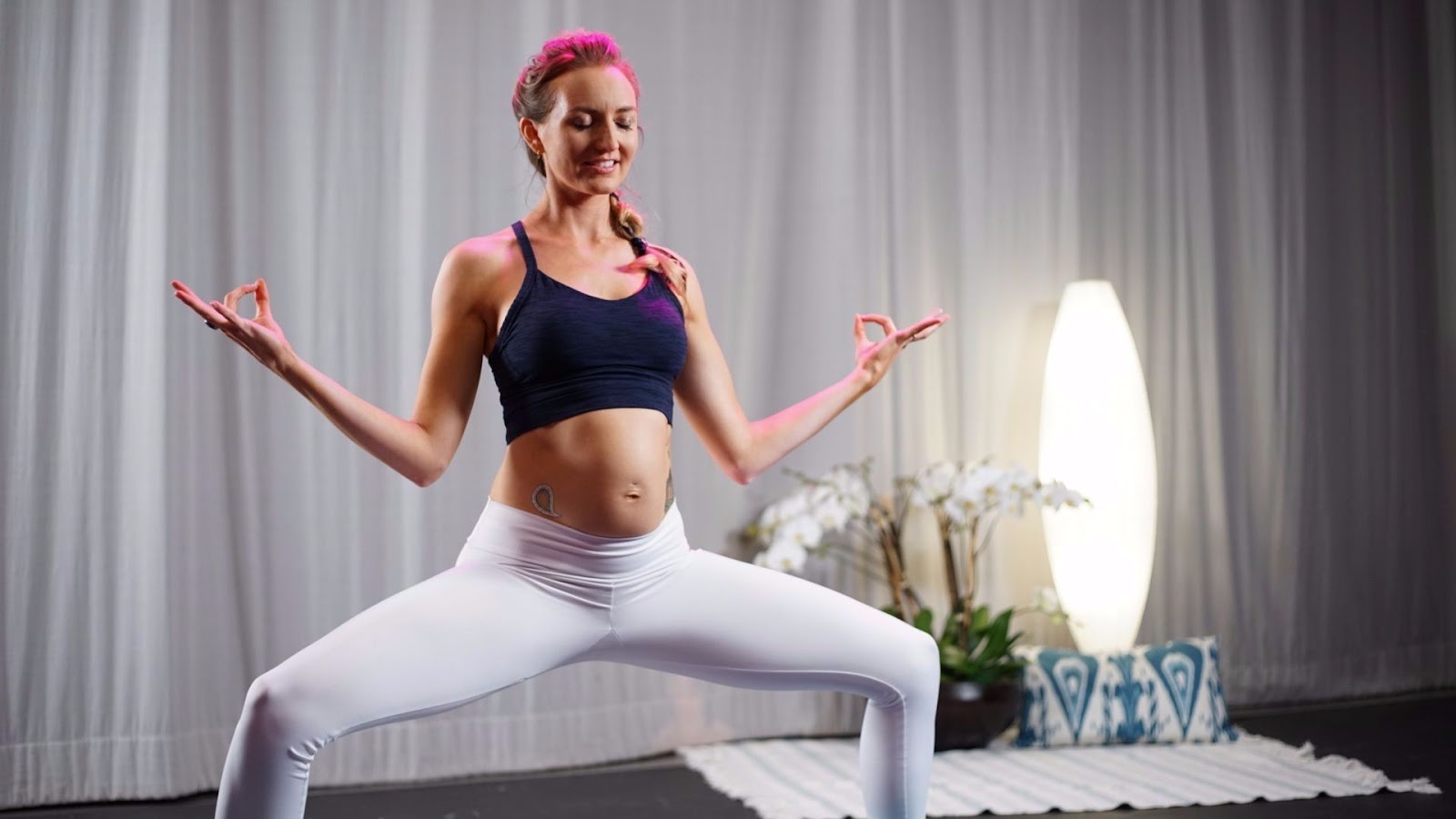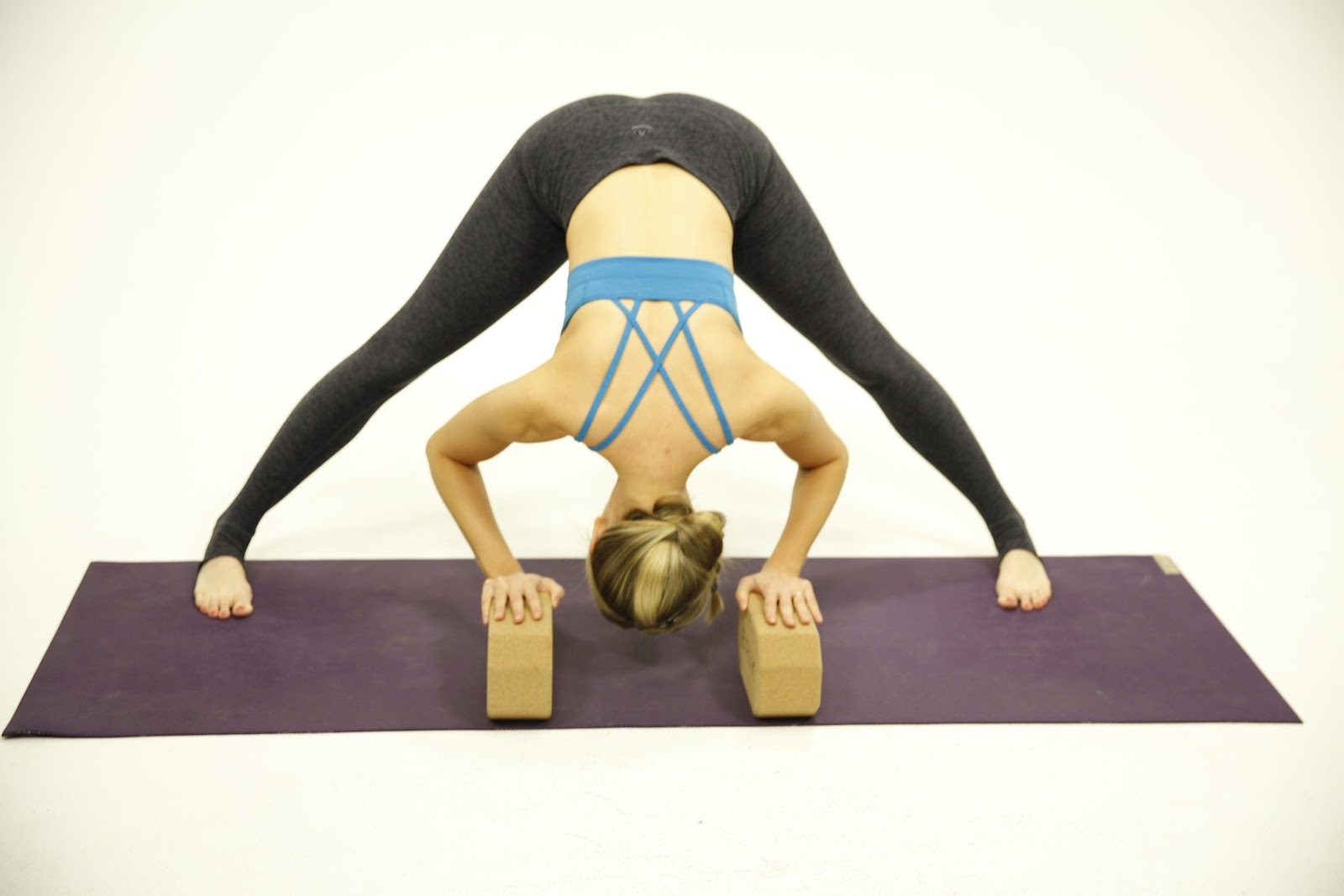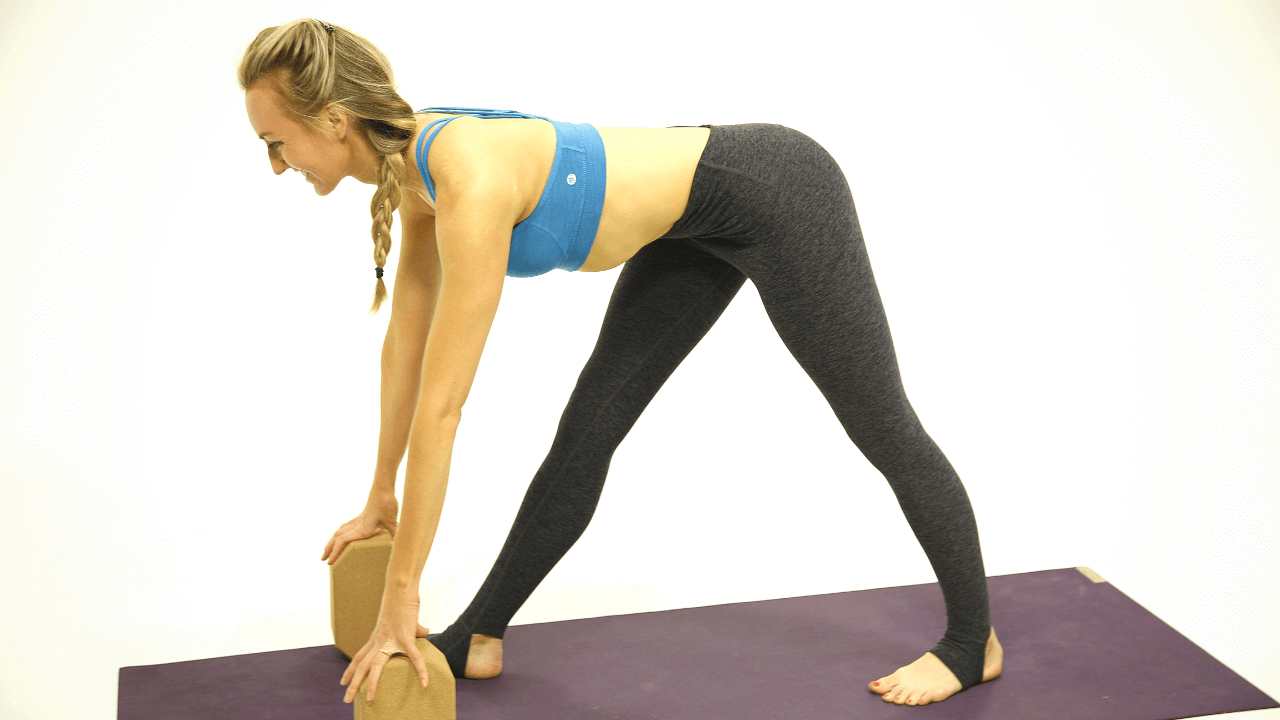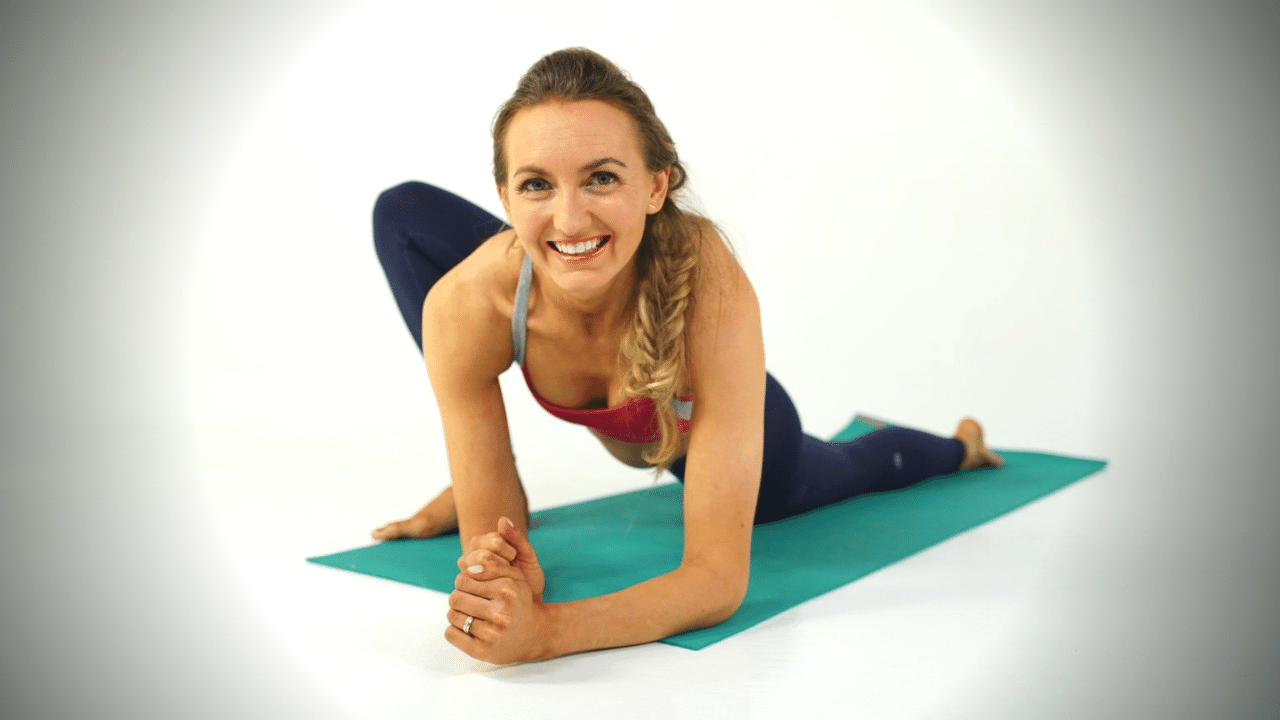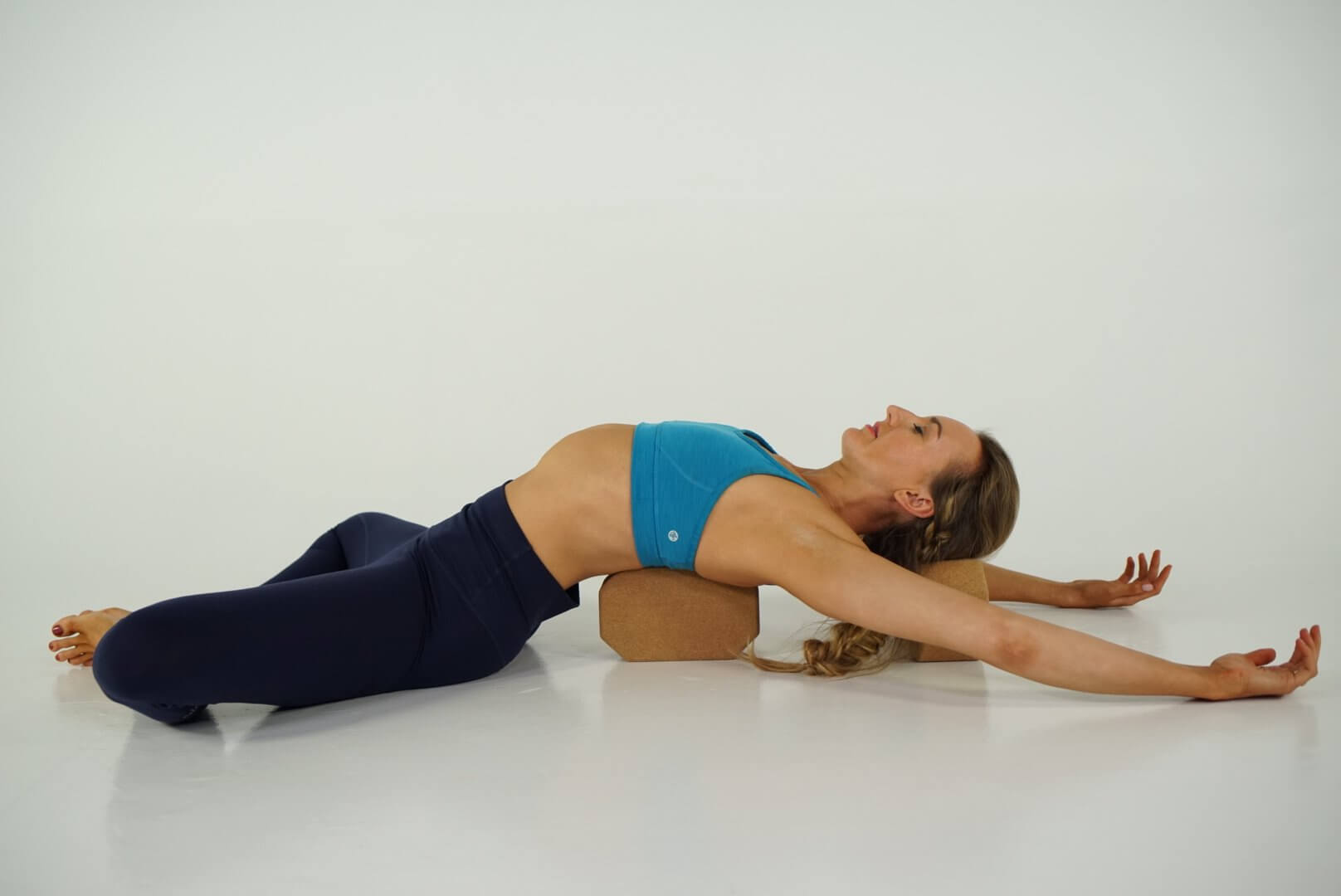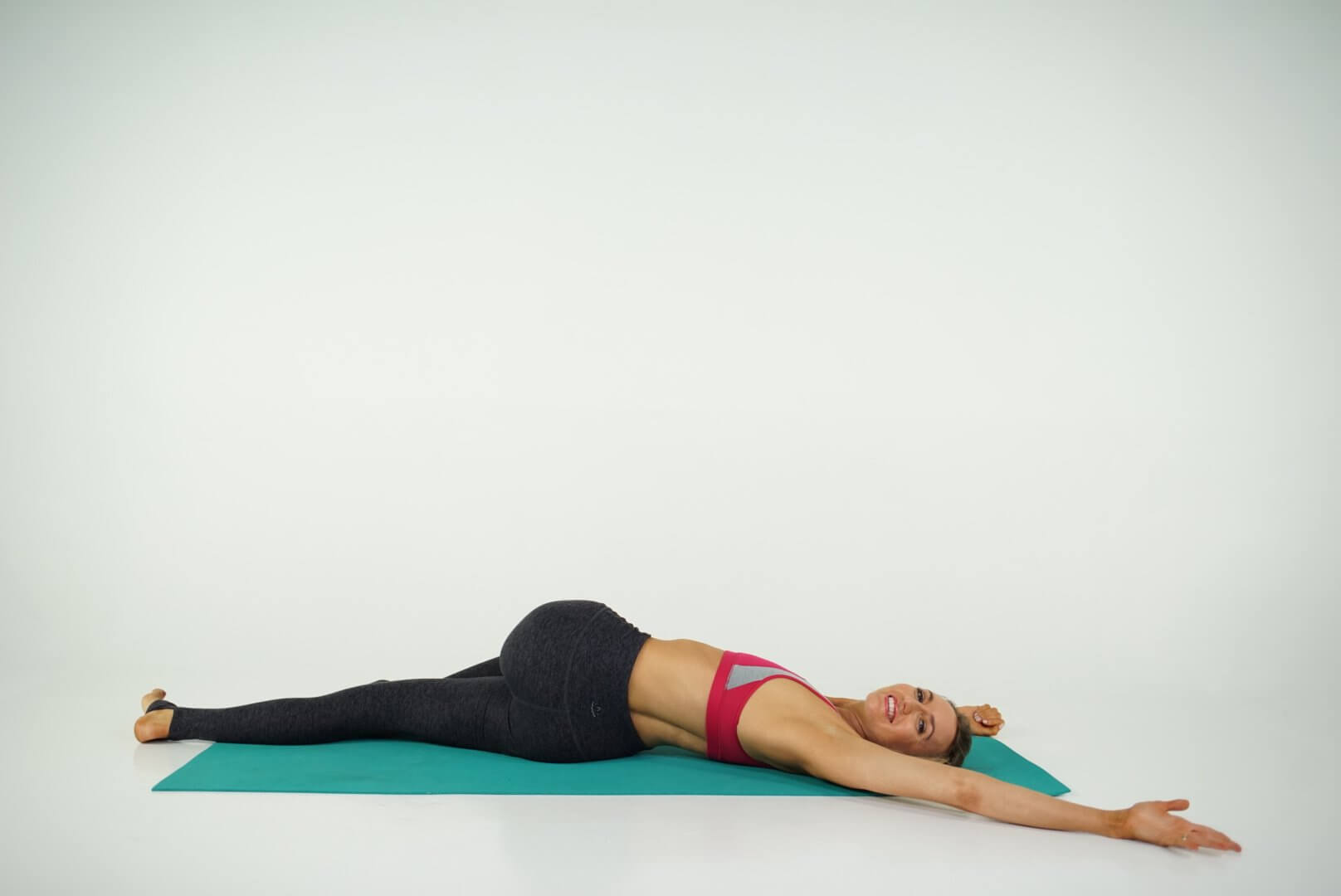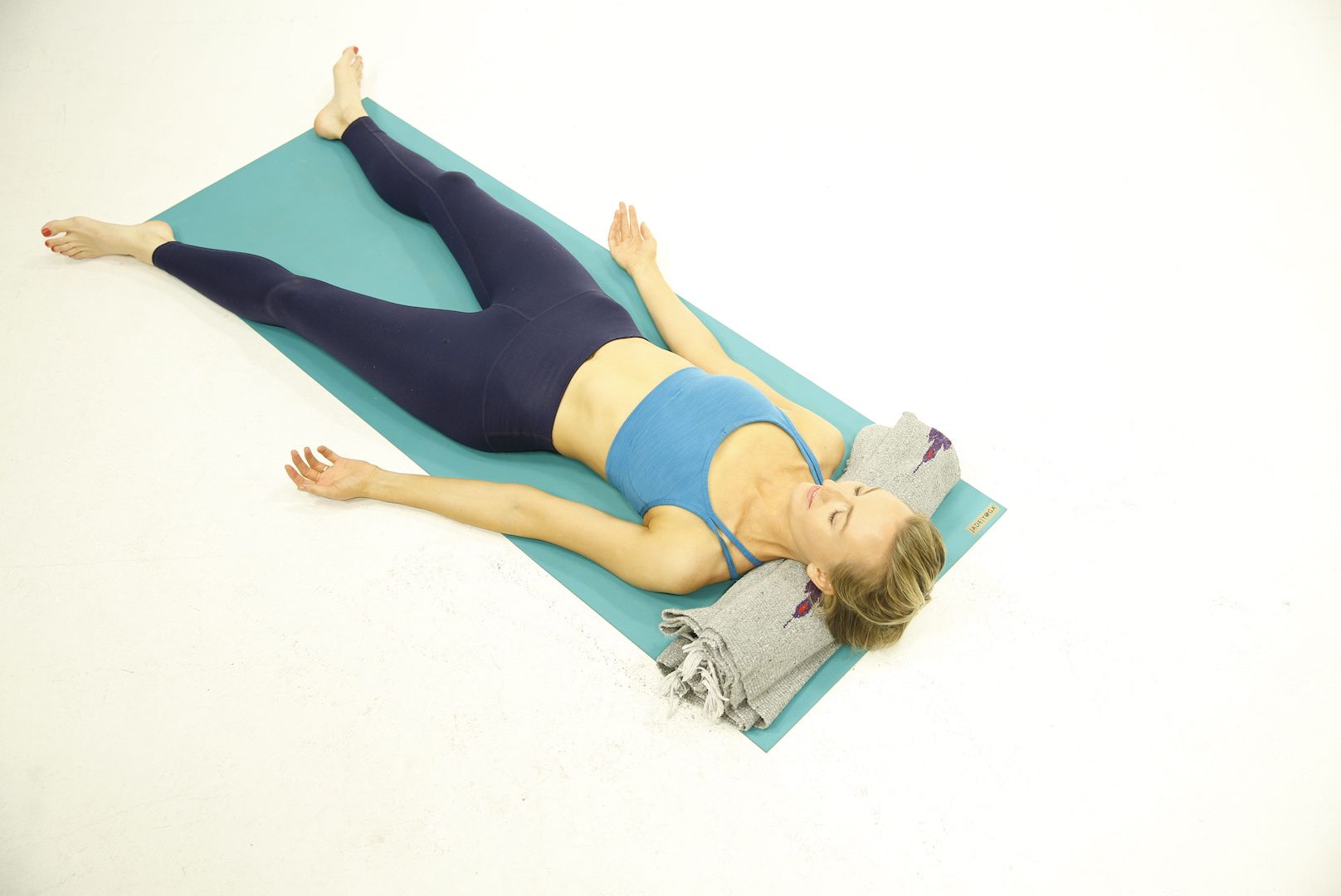“I don’t want to work today.”
…Do you ever say this to yourself? Or feel like you have to drag and force yourself through an invisible pressure to get any work done? These could be the beginning signs of burnout. You might have heard that word a lot in recent years, but do you know what it means? Keep reading, and I’ll explain.
What Is Burnout?
Burnout as defined by the Mayo Clinic is “a state of physical or emotional exhaustion that also involves a sense of reduced accomplishment and loss of personal identity” usually related to your job. Now, a lot of science talks about burnout in relation to healthcare workers or office work, but you and I both know those aren’t the only kinds of jobs. Being a MOM is a JOB! Being a CARETAKER is a JOB! Managing a HOME is a JOB! I don’t believe burnout is limited to an occupational context because some of the hardest jobs you do are without any type of financial compensation.
This might have you wondering, am I burnt out? If you experience burnout, you might feel:
- Exhaustion – emotional and physical
- Emotionally distant or a feeling of numbness about work or duties
- Cynical about your workload
- Uninspired
- Unable to concentrate
- Irritable
- Stomach issues or headaches
- Unsatisfied
- Insomnia
- Seeking numbing agents to feel better (alcohol, drugs, etc.)
- Too tired to make it to your mat even though you know it’s good for you
If this has got your wheels turning, you’re probably wondering why this happens. It’s because our modern culture prioritizes achievement and we’re doing too much and wearing too many hats! Think about it, how many hats do you wear? Mom, business owner, caterer, chauffeur, cleaning lady, caretaker, house manager, and the list could go on…
Life was NEVER meant to be this way. The result? Burnout. Which leads to a slew of negative health conditions: high blood pressure, heart disease, type 2 diabetes, alcohol/substance abuse, and excessive stress.
You can get trapped in a never-ending negative stress cycle if you don’t go deeper with your yoga practice and use subtle body wisdom to readjust. In this post, I will show you how.
How Yoga Can Help With Burnout
What the scientists say:
Symptoms of burnout can be very similar to those of depression. So it is important to talk to your healthcare provider if you are having symptoms to make sure you receive the right treatment.
Although you can’t be diagnosed with burnout, the WHO (World Health Organization) has made it so healthcare providers can now list it as a cause of other health conditions. This is an improvement considering over two-thirds of people claim to experience burnout or chronic workplace stress at some point. Burnout can lead to exhaustion and excessive stress stored in the body which leads to stomach pains, headaches, and body pain. Then performance starts to suffer, and a person begins to dissociate from their tasks or job. It is a very negative stress cycle. But burnout can be turned around by trying to identify the source and taking actions to increase awareness, remedy your situation, or achieve better self-care. This is where your yoga practice comes into play.
The Uplifted Yoga Perspective:
Burnout can signal energetic depletion, often stemming from TOO MUCH energy output. In burnout, Chakra 6 (third-eye, intuition/perception) and Chakra 3 (solar plexus, digestion, motivation/self-confidence) are often in EXCESS. Chakra 4 (heart, love/compassion) and Chakra 2 (sacral, fluidity/openness to change) are deficient. Basically, you’re expelling all of your creativity and productivity at the cost of your own self-care.
You aren’t connected to your true desires, and you’re over-focused on what is achieved. You’re doing, not being. The energy of Chakra 3 is like climbing the mountain, while the energy of Chakra 4 is enjoying the view. So you’re climbing and climbing… but when was the last time you enjoyed the view? Additionally, Chakra 5 (throat, communication/boundaries) may be deficient. Are you unable to speak your boundaries and always people-pleasing?
Luckily, my chakra courses in the Uplifted membership offer plans for each chakra so you can use your practice to balance these life force energy centers and combat burnout.
Balancing your chakras will help you to feel more centered, recognize your boundaries, and be able to enforce them better to help prevent burnout in the future.
Your regular practice will give you the self-care you need to reverse burnout because… YOU NEED TO SLOW DOWN. Focus on SLOW heart-opening poses. Yin, or the burnout antidote, is amazing and helping you slow down. Do Yin yoga. Even if that feels uncomfortable for you. Somatic movements, biomorphic movements and shaking all help with burn out too. You may be angry (as all as burnt out) and this frustration needs to flow through you. Do this class here: YOGA FOR BURNOUT | Women’s Yoga Poses for Emotional Release.
Top Yoga Poses/Methods for Burnout (to help with insomnia, reducing stress, increasing relaxation, and balance)
1. Yoga Nidra
Yoga Nidra, also known as yogic sleep, is an easy place to start and simple practice to maintain for someone dealing with burnout syndrome, feelings of exhaustion, insomnia, or anxiety disorders. You lie down in savasana as you are guided through a mindfulness meditation inducing calm and relaxation. I highly recommend this method as it helps to restore the physical body and promotes mental clarity. In fact, here is a beginner yoga Nidra class you can do with me to see how you like it!
Variations: Do Nidra for 30 minutes to an hour. It’s kind of like a guided meditation. You’re literally just lying there, so make sure you are set up as comfy and cozy as possible!
Benefits: Yoga Nidra induces deep relaxation and increases body awareness and mindfulness. It reduces stress, calms the adrenal glands, and helps you to sleep! At the end of the day, it’s a great practice to leave all of the work stress behind.
2. Breathwork (Pranayama)
- Step 1: Come to an easy pose. Sit up tall. Prop yourself up on a cushion or sit against a wall to maintain a tall spine.
- Step 2: Place one hand on the belly, and one hand on the chest. Dip in the chin slightly and close your eyes.
- Step 3: Inhale into your belly, ribs, and chest as much as possible. Slight pause.
- Step 4: Exhale, and let all these areas release completely. Repeat.
Variations: This is a simple full complete breath exercise, but you can do so many pranayama practices. Check out some different breathing practices in this blog post: Calming Pranayama for Clarity, Focus, and Peace.
Benefits: Deep breathing is soothing, stimulates the vagus nerve, and draws our attention inward. It allows us to slow down and clear our heads so that we can calm our systems, focus our attention, and slow or stop the stress response. Burnout makes it difficult to concentrate and disconnects you from yourself. Doing breathwork forces you to concentrate on your breath. So not only does it relax your body, but it alleviates that scattered feeling that accompanies work pressure.
Pro Tips for Yoga Teachers:
- Set your students up for success. Demonstrate a few rounds of the chosen technique even after explaining to ensure your students understand what they are trying to achieve.
- You can easily suffer from job burnout as a yoga teacher if you have a demanding teaching schedule. If you are having trouble fitting your own practice in, you can literally do pranayama in the car on your way to your next class and reset your energy.
3. Child’s Pose (Balasana)
- Step 1: Begin on hands and knees, and take your hips back to your heels. Knees can be touching or as wide as the mat.
- Step 2: Rest the forehead on the mat, and close your eyes.
- Step 3: Soften the upper body and extend the arms in front of you.
- Step 4: Simply inhale and rise to all fours to come out of the pose.
Variations: Hug a bolster to make this more restorative. Another great variation is to place a block under the seat between the heels or under the forehead. You can play with the position of your arms too!
Benefits: Balasana opens the back body and releases the glutes and hips. This pose brings the focus inward, cooling the body, taking you out of your sympathetic nervous system (fight, flight, freeze), and activating your parasympathetic nervous system (rest, digest).
Pro Tips for Yoga Teachers:
- Make a flow transitioning between child’s and tabletop yoga poses. Use big releasing breaths, then find stillness. Add sounds like “mmmm” or “ahhh” and encourage people to moan to release feelings of chronic stress.
- Add in some side stretches here to make it extra juicy, relieve tension in the side body, and induce further relaxation.
4. Goddess (Utkata Konasana)
- Step 1: From standing, heel-toe your feet out wide. Toes turn out to a 45-degree angle.
- Step 2: Inhale, take your arms overhead, and as you exhale drop your hips, bending your knees to 90 degrees. Make sure your knees are stacked over the ankles.
- Step 3: Pull the navel up and in as you broaden the chest and cactus the arms.
- Step 4: To come out, simply push through your feet to stand, and heel-toe your feet back to your neutral, letting the arms come to your sides.
Variations: Bring your hands to the heart center or the hips if having the arms up aggravates the shoulders. You can always hold onto the back of a chair for support as well. If you want to make it harder, lift your heels to test your balance.
Benefits: Goddess brings you into your divine feminine energy, boosts self-esteem, and makes you feel powerful, which is something that you might not be feeling so much of if you are in the throes of burnout. It is grounding and works your stabilizing muscles which improves your posture and releases tension in the hips.
Pro Tips for Yoga Teachers:
- Add in a powerful cleansing pranayama like lion’s breath (also known as simhasana) to ease stress anxiety and activate that throat chakra so you or your students can recognize and enforce your boundaries to prevent burnout.
- Make this a fluid movement with breath by having students inhale, straighten the legs and arms up to the sky, and exhale coming back down into the posture for several rounds of breath.
5. Wide Legged Forward Fold (Prasarita Padottanasana)
- Step 1: From goddess pose, straighten the legs. Turn the toes in slightly. Hands on the hips as you inhale and get tall.
- Step 2: Exhale and bend forward, hinging at the hips and placing the hands to the mat once you come halfway down.
- Step 3: Stay here or take another breath as you exhale and fold over completely, keeping integrity in the spine.
- Step 4: When ready, inhale, come halfway up, and pause for a breath. Then breathe in as you continue your journey back to standing.
Variations: If the stretch in the back body is too intense, make it gentle by bending the knees. Place your hands on blocks if you can’t come all the way down. To make this more challenging, interlace the hands behind you.
Benefits: This pose increases blood circulation, lowers blood pressure, and eases headaches and pain in the backside of the body. It tones the abdominal muscles and releases the upper back which could be tight depending on your work environment.
I literally do this stretch every day, three times a day. You don’t need to warm up before you do this. You can literally fold into it while you wait for your morning coffee or tea to brew.
Pro Tips for Yoga Teachers:
- Have students shift the upper body from one leg then the other to add in a nice side body stretch.
- This is the perfect moment in class to prompt some introspection for your students. Ask a question, and allow them time in this position to go inward.
6. Pyramid Pose (Parsovtannasana)
- Step 1: From Warrior I, right leg forward, left leg back, hands on hips. Square the hips and shorten your stance a bit.
- Step 2: Firm your low abs in and up, knit the front ribs together, lengthen the sides of the waist as you inhale, and straighten the front leg. Both feet press down firmly, weight evenly distributed.
- Step 3: Sweep your arms overhead, exhale, and fold forward bringing your hands to blocks or mat. Outer hips hug in toward each other and energetically back in space. Abdominals draw in and up, sternum lengthens forward.
- Step 4: Keep your breath steady, legs and abdominals energized and engaged, shoulder blades drawn away from the ears. Head stays in line with the spine.
- Step 5: To come out of the pose, bend into the front knee and use the abdominal muscles to mindfully step back to the top of the mat, slowly rolling up one vertebra at a time to Mountain (Tadasana). Prepare for the second side.
Variations: Bend your front knee. Lengthen your stance or allow the back heel to lift (if the knee feels torqued). Hands on hips. Your hands can come to a chair at hip height for extra support.
Benefits: Pyramid improves balance and core strength. It strengthens quads, outer hips, and calves. It also strengthens and lengthens hamstrings, develops concentration and focus, and calms and quiets the mind… making it a nice addition to battle the emotional symptoms or anxiety associated with burnout.
Pro Tips for Yoga Teachers:
- Are students having trouble keeping their body square? Send them to the wall. Let them press their palms into the wall to square the body and get a little extra support.
- Add heart opening into this posture by drawing the shoulder blades together to encourage a mild backbend before having students fold over. Allow this pose to balance out several chakra points to ease burnout.
7. Lizard Pose (Utthan Pristhasana)
- Step 1: Start in Low Lunge with the right foot forward, curl the back toes under, and lift the back knee.
- Step 2: Come to fingertips and heel-toe the right foot out to the right side of the mat. Bring both hands to the inside of the right foot.
- Step 3: Lengthen down through the tailbone as you firm the inner thighs together.
- Step 4: Option to stay here… or to take a deeper stretch, lower the back knee to the floor and uncurl the toes. Come to rest both forearms either on the ground or on blocks.
- Step 5: To come out, slowly lift the arms back up, curl the back toes under, lift your back knee, and heel-toe the right foot back in between the arms. Switch to the other side.
Variations: Keep the arms straight with your palms pressing into the ground, instead of lowering to forearms. Rest the forearms on blocks. Take Low Lunge (Anjaneyasana) instead. Pad back knee with a blanket.
Benefits: Lizard improves overall hip flexibility. It stretches the hamstrings, hip flexors, and quadriceps. It’s a calming posture, so it reduces stress. It Improves focus, which we all know that mental focus suffers from burnout.
Pro Tips for Yoga Teachers:
- Let students rock slowly into the side of their extended leg to deepen the pose and add in some side body opening.
- Have the student pad under the glute of the bent knee or use a bolster to make this a more restorative pose.
8. Reclined Bound Angle (Supta Baddha Konasana)
- Step 1: From Dandasana: place a bolster at the base of your spine and bring the soles of your feet to touch, creating a diamond shape. Place blocks or blankets under the knees for extra support.
- Step 2: When your props are positioned comfortably, lay back over your cushion(s). Cover yourself with a blanket. If you have an eye mask, you can place it over the face.
- Step 3: Breathe deeply and let all your body parts get heavy.
- Step 4: Stay as long as you like. When you are ready, begin small movements and slowly lift yourself out of the posture.
Variations: Props! Props! Props! Use as much special equipment as you want/can to make this the yummiest part of your yoga routine.
Benefits: Your pituitary gland, your major hormone-regulating gland, works best at night when you are resting. But with burnout, whether it’s yoga teacher burnout, mom burnout, or whatever, you might not be sleeping or resting at all! Reclined bound angle pose is a restorative pose that mimics sleep conditions making it the perfect pose for regulating stress responses and the nervous system.
This pose brings energy into your heart so you can be the very best version of yourself for your family.
Pro Tips for Yoga Teachers:
- Play with arm positioning. Students can place one hand on the belly and the other on the heart or expand their hearts further by taking their arms out to the sides like a cactus.
- Add this posture to a class for bringing harmony into the heart space. If you don’t have blocks, have your students roll a blanket under their shoulder blades.
9. Reclined Spinal Twist (Supta Matsyendrasana)
- Step 1: Lay flat on your back. Pull your right leg into your chest. Breathe in.
- Step 2: As you breathe out, gently let the knee cross the body and float to the ground on the opposite side.
- Step 3: Softly place the opposite hand of the leg onto the knee, keeping the shoulders on the mat and the other arm extended to the side. Deep breath.
- Step 4: Inhale as you untwist the body, hugging that knee back to the chest.
- Step 5: Exhale and release the leg long, laying back completely flat.
- Step 6: Repeat with the left knee.
Variations: Place a block or pillow under the knee if it doesn’t meet the ground. Play with the position of your arm to see what is most comfortable. Or you can always bring the knees together and twist them both to one side, then the other.
Benefits: Twists move stagnant energy in the body and increase blood flow in addition to stretching the abdominal muscles, hip, and spinal muscles. They also activate those lower chakras that might be depleted due to burnout or chronic stress.
Pro Tips for Yoga Teachers:
- You can make this a moving pose by having students “windshield wipe” their legs before letting them settle into the twist.
- Move with the breath: cactus the arms on the ground, inhale the arms slide up overhead along the floor, exhale the arms slide back to shoulder height.
10. Corpse Pose (Savasana)
- Step 1: Start by lying down on your back. Feet as wide as the mat, arms by your sides. Close your eyes and breathe.
- Step 2: To release the pose, take small movements in the hands and feet, then the rest of the body.
Variations: Put a blanket or bolster under your knees to protect the low back. You can also cover the eyes or body to go deeper into the pose.
Benefits: Savasana calms the mind, deepens the breath, and aids in full-body relaxation and stress reduction. The perfect easy move when you are feeling exhausted.
Pro Tips for Yoga Teachers:
- Place the feet on a chair to make this an inversion bringing love to the cardiovascular system.
- Guide your students through a short grounding visual to deepen this pose further: “feel your body sinking deeper into the earth” or “let the ground hug you closer.”
Not all stress is bad stress. But if your job demands become too heavy and you get stuck in a negative stress cycle your nervous system starts to feel fried, your physical well-being suffers, leading to chronic pain, and your mental health can plummet. You have to be able to recognize your triggers, figure out what nurtures you, and have self-compassion. This is why my Yoga for Self Mastery course is the perfect antidote to stress, anxiety, and burnout.
Next Steps
- Check out my YouTube channel and find some yoga classes that you can try out for yourself!
- Explore my knowledge hub for How to Become a Yoga Teacher
- Attend a 200 YTT info session to see what else you’ll learn in my online teacher training.
Experience 3 Training Videos from Inside My 200-Hour Online YTT

Find more yoga sequences by benefit.
YOU MIGHT ALSO LIKE
- How to Teach Somatic Yoga: A Practical Guide for Instructors
- The Best Somatic Exercises for Grief: Find Healing Through Movement
- The Best Somatic Exercises for Anger Management and Emotional Release
- Authentic Pathways: Connecting With Higher Self for Inner Peace
- Yoga to Reconnect with Yourself: 5 Essential Practices for Inner Peace
- Yoga for Connection: 10 Poses to Deepen Relationships and Bonding
- Yoga To Connect With Your Body For Mind-Body Harmony
- Yoga to Connect with Feminine Energy: 5 Transformative Practices
- Yoga to Connect with Your Heart: 3 Poses for Emotional Balance
- Myofascial Release Yoga: Unlock Tension and Improve Flexibility
- 6 Hip Openers For Emotional Release
- Office Yoga: 10 Poses You Can Do Right Now
- Ayurveda Food Combining: The Key to Balanced Digestion
- Yoga For Grief: 8 Yoga Poses For Support
- Yoga for Vata Dosha: Practice Poses and Tips
Learn how to do 11 of the most popular yoga poses correctly. Free video + PDF download.


